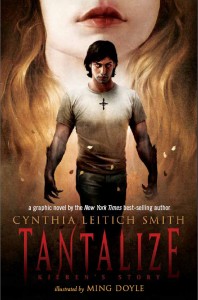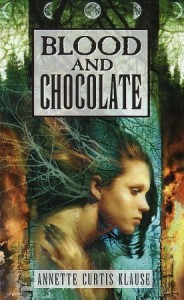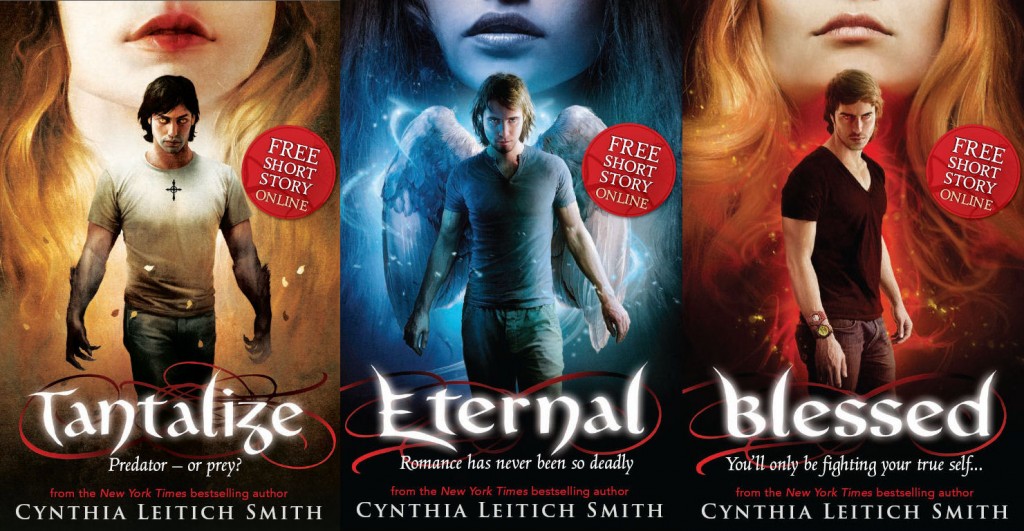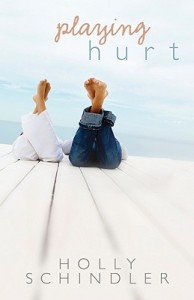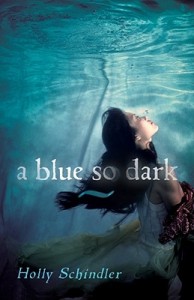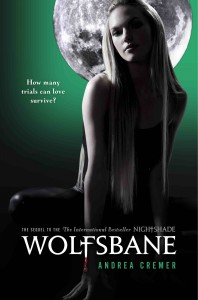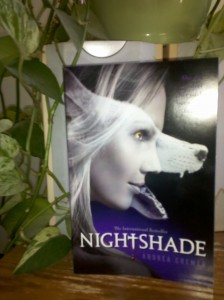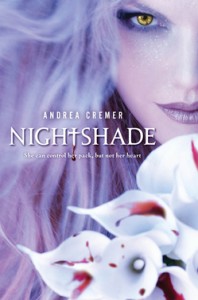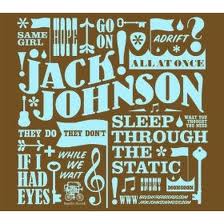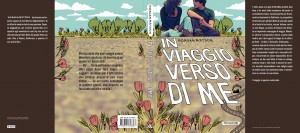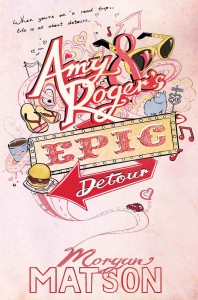 Nancy Werlin has some decidedly gorgeous covers. Her hardcover for Extraordinary enchanted me at first glance, and the paperback is striking, too. Nancy's here to tell the tale of these two covers:
Nancy Werlin has some decidedly gorgeous covers. Her hardcover for Extraordinary enchanted me at first glance, and the paperback is striking, too. Nancy's here to tell the tale of these two covers:
"Previously, on the hardcover of Extraordinary . . .
"The cover story for the paperback U.S. edition of Extraordinary begins with a quick look back at the book’s hardback cover story.
"The final cover (left) depicted a scene from the book: a red-haired girl – my main character, Phoebe – running in high heels into a lushly green wood. There were many exclamations about how pretty it was. It also matched the cover for my previous novel, Impossible. I liked it!
"But I concluded that cover story by saying, “No matter how beautiful and loved a cover may be, the jury on it remains uncommitted until the book has been in the world for a while … the author hopes that the cover will be magical, attracting all the right readers, and as few as possible of the wrong ones, to what really matters: what’s inside the cover.
 "Suddenly, totally different paperback cover(s)!
"Suddenly, totally different paperback cover(s)!
"Months later, my publisher, Penguin/Puffin, sent me an email with their new concept for the paperback covers. Yes, covers, plural. When you open the front cover, you see a two-page spread called the 'step-back cover.” Look at the right side of the front cover and you’ll see the hint of a second set of lips, and another nose.
"I was surprised. The folks at Puffin hadn’t told me they were rethinking things for the paperback. The email said: 'We all think that these images really capture the two girls (and the dynamic between them) perfectly.'
"I opened the attachments in terror.
“'There is no beauty without strangeness.'
"Let me be the first to say this: in designing the paperback Extraordinary cover, Puffin made two seemingly strange decisions. It makes me think of something the fashion designer Karl Lagerfeld said: “There is no beauty without strangeness.”
"1) That’s Mallory, the antagonist, on the front cover. Phoebe, the main character, is on the secondary, step-back cover (below).
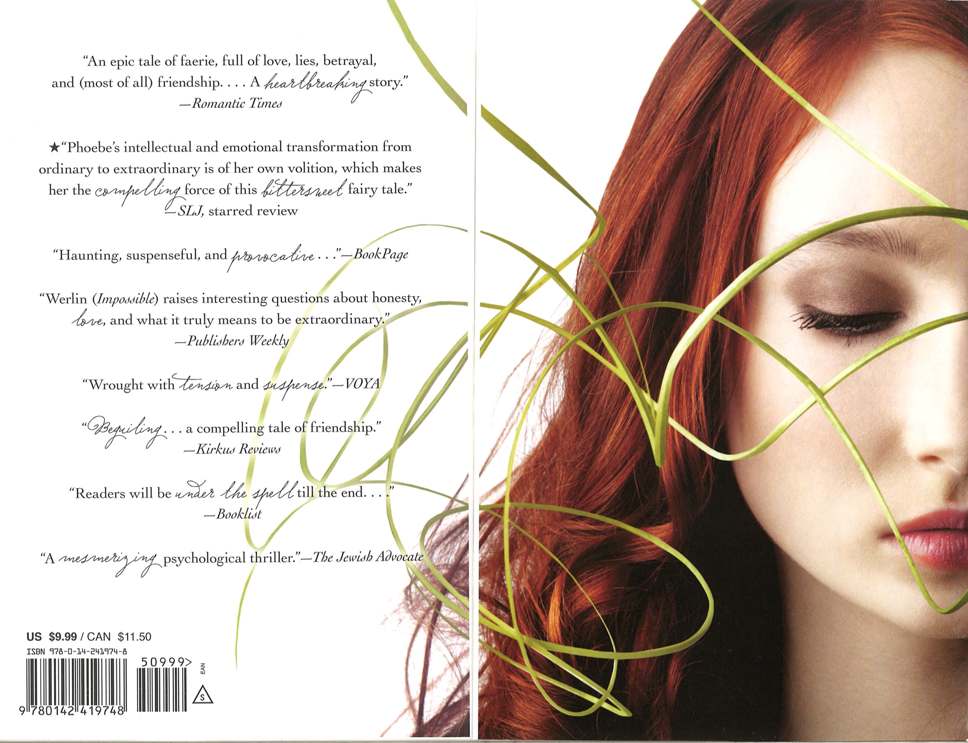
"2) Mallory is shown with dark hair, though she’s blond.
"Decisions were made here. Decisions, not mistakes. The proof of this is that I literally didn’t notice them for weeks.
"Indeed, as I stare into Mallory’s challenging eyes, and look at the darkness around her, I am convinced that if anyone made a mistake with her hair color, it was me. As to Phoebe, she herself would say, 'Oh, no, please, don’t put me on the front!' That is, in fact, the very core of her issues.
"Authenticity
"In the hardback cover story, I said there were three things that the Extraordinary cover had to achieve. The third was: 'Represent the book’s contents authentically enough.'
"The Extraordinary hardback cover was 'authentic enough.' But the paperback cover is just plain authentic. It does not let the reader assume that the novel is a romance like Impossible, which it is not. Instead, it sets the reader’s expectations accurately.
"Extraordinary is the story of a complicated, passionate female friendship filled with love and hate, misunderstanding and betrayal, estrangement and reconciliation, set against the backdrop of Faerie.
"From the use of two strong faces (carefully chosen to reflect their personalities, from Mallory’s dangerous outward gaze to the frustration of Phoebe’s gently closed eyes), to the tag line on the cover ('Can their friendship survive the ultimate betrayal?'), to the strong, sinister curl of green vine across both girls’ faces, everything about this cover describes the book I wrote.
"I have had book covers that I liked, and book covers that I loved. The paperback cover of Extraordinary is the only one about which I can conduct a lengthy literary analysis. In the end, though, that analysis boils down to two words:
"Strangely perfect."
Thank you, Nancy! I agree, and I loved the book, as you can see from this review (third one down).
I'd love to hear what you guys think of these covers (and that step-back cover)!
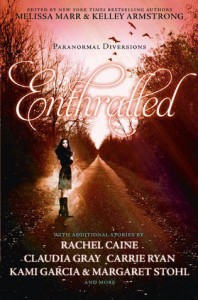 Jeri Smith-Ready stopped by for her GCC tour! She's shared her Cover Story for Shade, and now she has a story in a new anthology edited by Melissa Marr and Kelley Armstrong. While it's not exactly her cover, she does have some thoughts on it:
"I LOVE the cover for ENTHRALLED. It’s mysterious and evocative. The stories are all about journeys and road trips, and the cover brings out those elements well. The girl looks like she’s on an uncertain road but has the confidence she needs to get where she’s going.
Jeri Smith-Ready stopped by for her GCC tour! She's shared her Cover Story for Shade, and now she has a story in a new anthology edited by Melissa Marr and Kelley Armstrong. While it's not exactly her cover, she does have some thoughts on it:
"I LOVE the cover for ENTHRALLED. It’s mysterious and evocative. The stories are all about journeys and road trips, and the cover brings out those elements well. The girl looks like she’s on an uncertain road but has the confidence she needs to get where she’s going.

